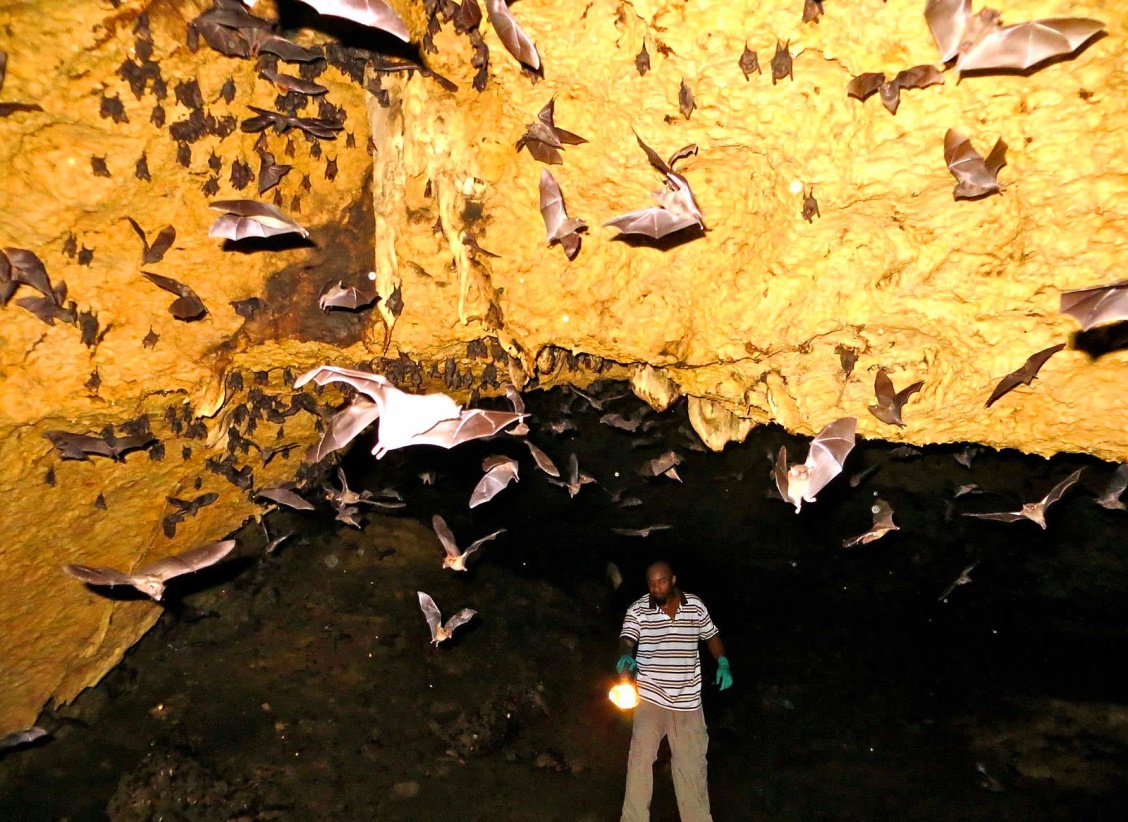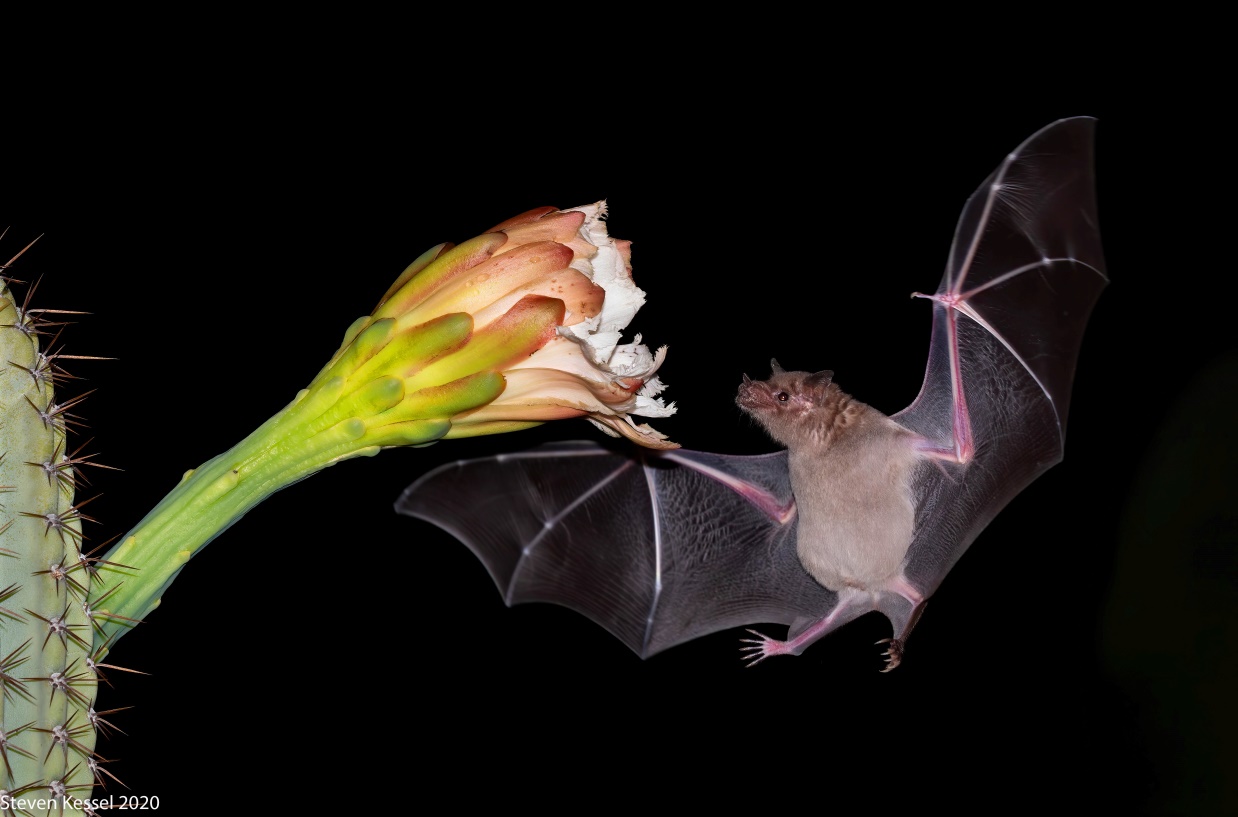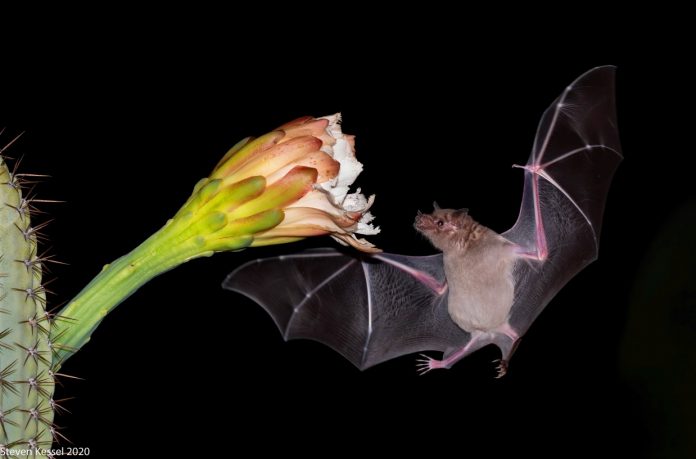Uncover Aruba`s insights through Etnia Nativa
Island Insight is about native knowledge, transcendental wisdom regarding Aruban millenarian heritage, upholding the cultural identity in each of its weekly episodes, sharing education, and encouraging readers to experience a true and authentic island state of mind.

During this episode, we want you to meet some amazing creatures that often represent death in the sense of letting go of the old and bringing in the new but are generally seen as symbols of transition, initiation, and the beginning of a cycle. While some associate these particular mammals with darkness, evil, witchcraft, and death, for others they are symbols of diligence, of imparting wisdom, and of being reborn because they dive into dark caves early in the morning and are reborn every night leaving their shelters. Let’s learn how important and valuable they are as pollinators.
The pre-Columbian culture displayed the bat as one of their legendary gods. They are often part of the paintings and drawings of older times. Bat figures are also found in prehistoric artwork and stone work like pendants or pottery. People are often fascinated with bats. In fact, one of the largest tourist attractions in Austin, Texas, is where more than 1.5 million bats roost during the summer months. More than 100,000 tourists come to this area annually. The truth is that a healthy population of bats is crucial for a healthy ecosystem, maintaining a balance in the fragile biodiversity of our island and providing incalculable benefits as they are great pollinators that basically feed on the flowers and fruits of columnar cacti that bloom at night, as well as agave flowers and other plants. Approximately eight different species of bats have been identified in Aruba: insect-eating bats, fruit-eating bats, and nectar-eating bats.

Several species of Aruban bats eat nectar, and many types of plants endemic to our ecosystem depend on bats for pollination and seed dispersal, such as the quebedexi and the huliba tree, agave species, the candelabra cacti such as cadushi, cadushi plushi, and breba, etc. Throughout the island and in our national park, long-nosed and long-tongued bats are perfectly adapted to pollinate these plants, providing extensive value to the biosphere. So the next time you see our agave in bloom, say thank you to the bats. Insectivorous bats feed on insects from sunset until the darkest hours, saving islands that annually import millions of Aruban guilders worth of toxic pesticides. There are fewer insects when bats are around that hunt insects, and there are fewer insect pests that cause damage to vegetables and garden plants. If outdoor farming is to become the next big thing, farmers won’t have to invest as much in pesticides and will build roosting boxes for bats to welcome them to stay and spread while collecting their guano fertilizer. A bat eats up to three times its weight in an average night! It is also good to know that bat dung has been extracted as guano from caves and used as fertilizer.
As bats were very important to the early settlers of Aruba, incorporating these flying mammals into artistic expressions stands as testimony at the Etnia Nativa living-art museum.
The unique museum-home emphasizes promotion, encouragement, and education regarding valuable Aruban heritage assets to protect. Understanding decoration as a communicative instrument, its designs and productions start from the moment the owner/artist locates the right source to extract the same raw earth material that would have generated the products according to the procedure of the ancestral inhabitants of the island, who used, among other techniques, local clay for their ceramic vessels and ritual objects. If you want to know all about our island, plunge yourself into Etnia Nativa and live the native effect, absorbing ancestral knowledge inside a gorgeous property and its tours conducted by its owner using art works, objects, artifacts, and historical familiar furniture dating from 1640 before Dutch occupation and explaining the story of Aruba. Thus, by visiting Etnia Nativa, you will help share the locals concerns for conserving this fragile travel destination, and your mind will change from observer to conservator. Highly recommended!
R.S.V.P. etnianativa03@gmail.com or WhatsApp (no calls) +297 592 2702.

















